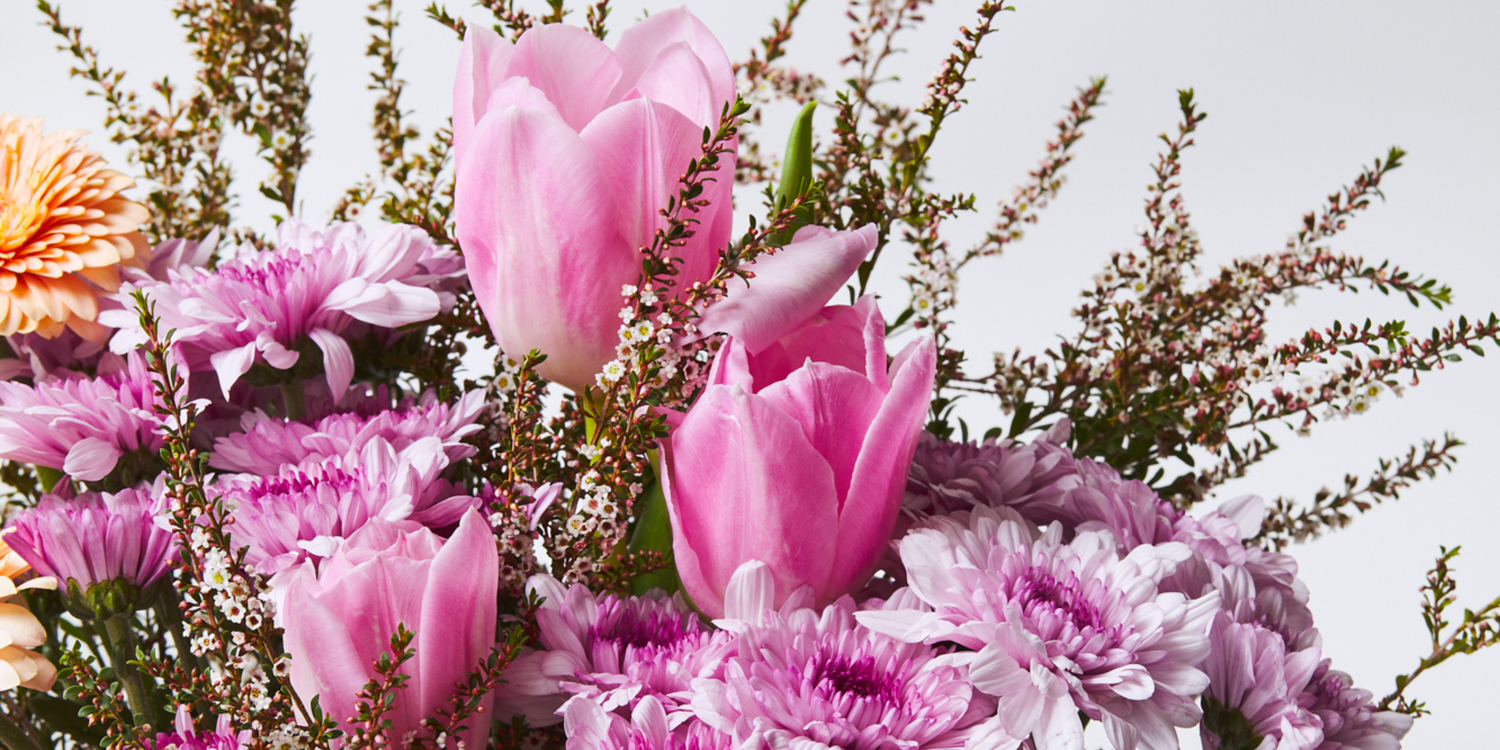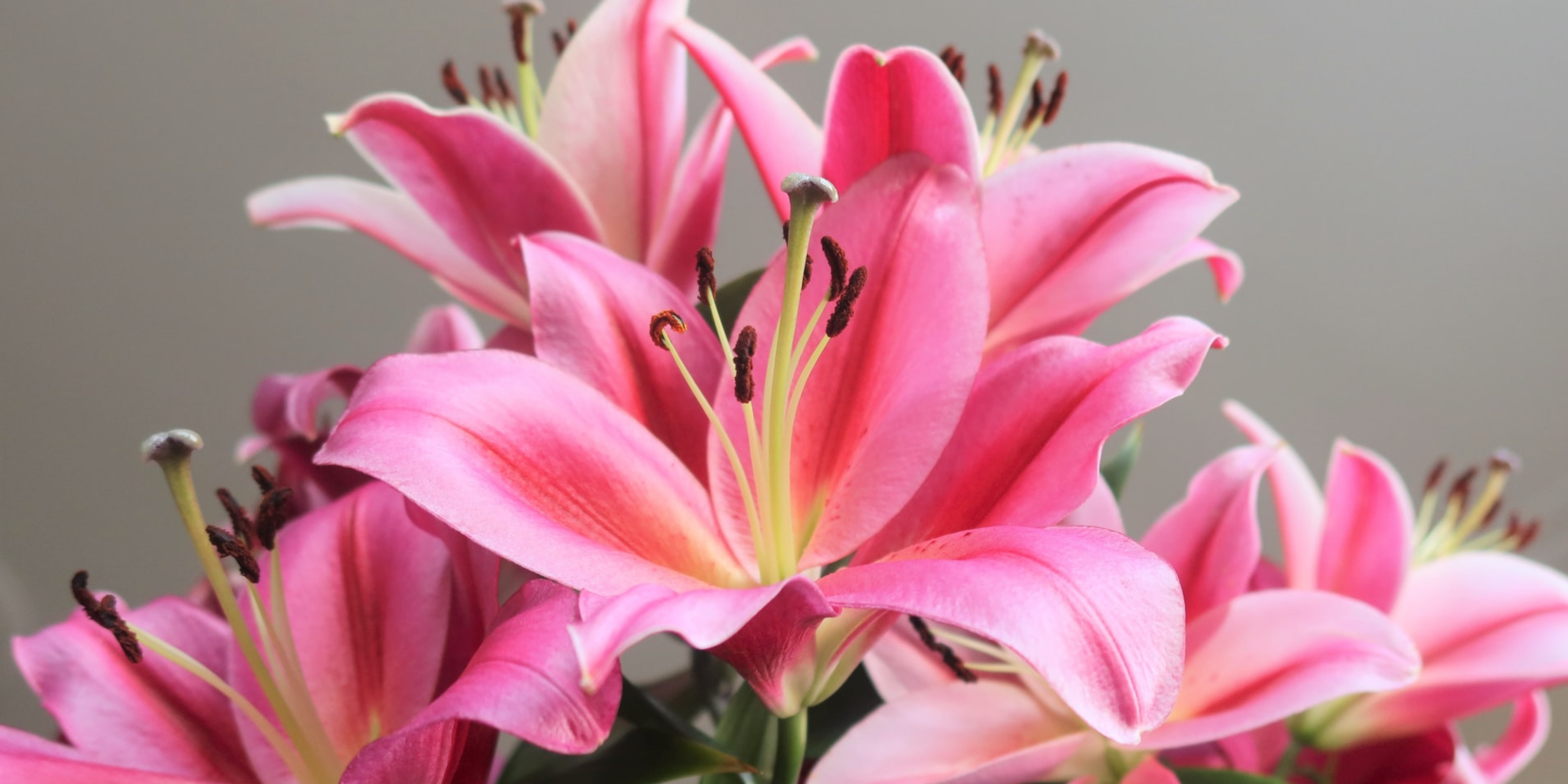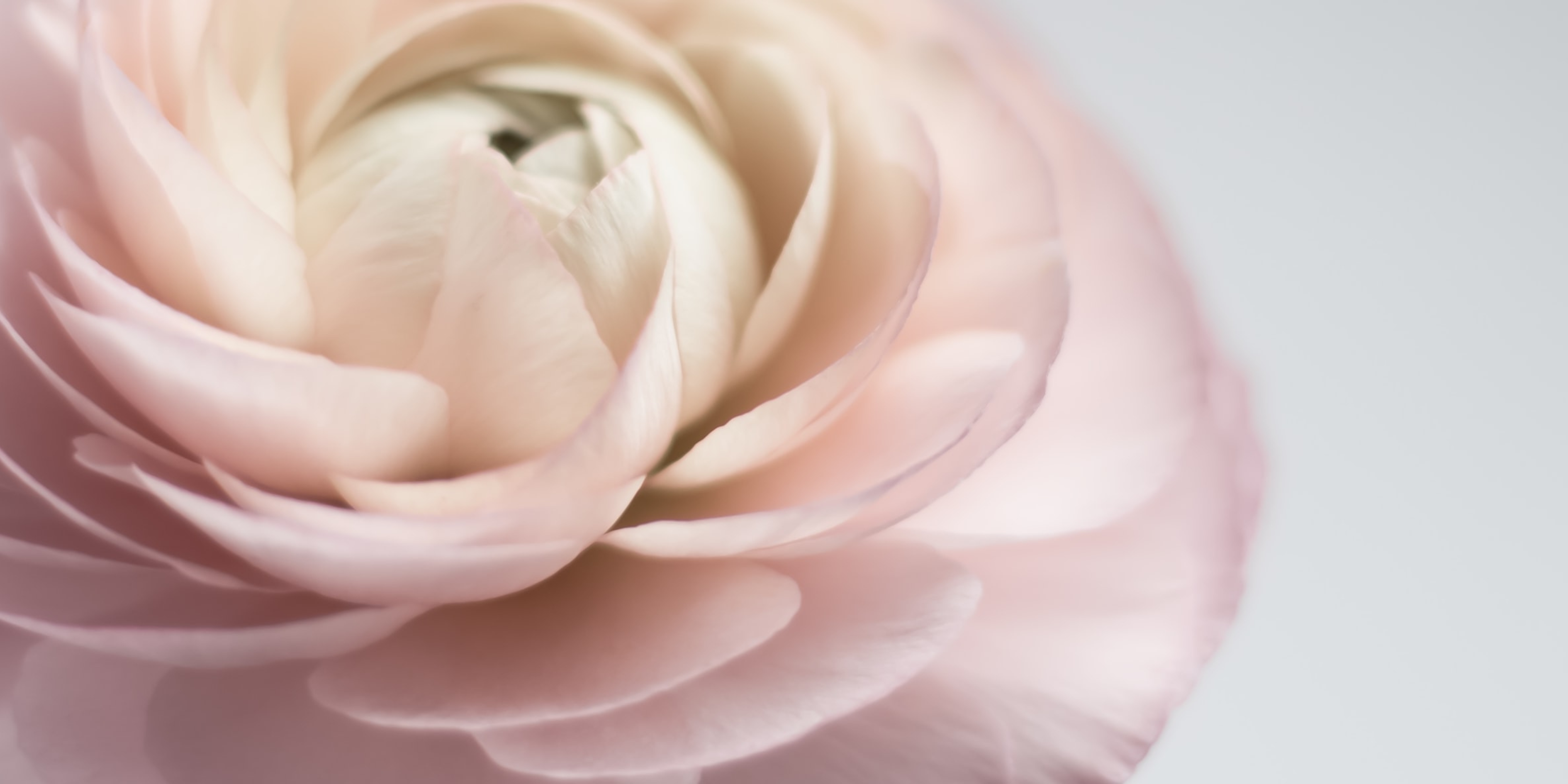How many times have you received a bunch of flowers, carefully unwrapped them and popped them in a vase with water, only for them to become wilted (and smelly) in just a few short days?
The good news is, it doesn’t have to be this way. By following a few simple tips and tricks, you’ll be able to prolong the life of your beautiful blooms for up to a week, or even longer in many cases!
If you’ve always wondered how to keep flowers alive longer once you get them home, this is the guide for you.
1. Choose flowers still in bud 
When you buy flowers from a local florist or from the supermarket, it’s tempting to go for the biggest, fullest blooms. They’ll definitely look impressive but, sadly, this is a mistake—cut flowers that have opened up are already well into their vase life period and won’t last much longer.
The flowers you want are those that are still in bud and only just starting to open up. These are the freshest from the farm, and will last the longest in your or your recipient's vase.
At Floraly, we send our flowers while they’re still in bud wherever possible. This includes our sunflowers, tulips and roses. When you send flowers with us, you can always be sure you or your recipients are receiving the freshest possible blooms.
By sending flowers in bud, we ensure you or your recipient can enjoy their beauty for a lot longer. They’ll gradually start to open up 24–48 hours after delivery.
Flowers sent in bud also have greater protection while they’re in transit to you. The delicate petals are less likely to fall off or become damaged, because they’re protected by the sturdier “shield” petals on the outside.
Another thing to look out for in terms of flower freshness is wilted or browning leaves. Flowers that are droopy or shrivelled or slimy looking can be an indicator of age and a lack of freshness. However, some leaves, such as Eucalyptus leaves, may have brown spots as part of their natural appearance, so don't be put off.
2. Prepare your flowers before putting them in a vase

We’re all guilty of simply placing our flowers in a vase and essentially forgetting about them. But there are a few key things you should do before placing your flowers in the vase.
By ensuring you follow these few simple tips, you’ll be giving your flowers the best chance at surviving the week.
Snip the stems
When flowers are cut, the tissue that would normally transport water up the stem begins to die off, starting at the site of the cut and travelling upwards. This dead tissue creates a blockage and prevents water from being absorbed properly.
Before you place your blooms in a vase of water, give them a little snip at the ends using secateurs or sharp scissors. About 2–3cm should be plenty. It’s best to cut at an angle rather than horizontally, as this increases the surface area for absorption.
Prune low-hanging leaves
Clip or carefully snap off any leaves or flower buds that look like they’ll sit below the water line in your vase. These will only deteriorate in the water, causing mould and bacteria to grow, reducing water quality and increasing the rate at which the flowers wilt.
Use flower food
When you fill your vase with water (room temperature water is best), remember to mix in the flower food. At Floraly, we include a small sachet of flower food with all flower deliveries, and any reputable florists will do the same.
Flower food sachets contain an essential mix of sugars and other ingredients designed to nourish your flowers as they bloom. You may need to use the whole sachet or small portions at a time. Ensure you follow the instructions on the packet, and that the flower food is properly mixed into the water.
What else can you put in the vase to help flowers last longer?
If flower food isn’t available, adding a teaspoon of sugar or a ¼ cup of lemonade to the water will work in a pinch.
A word of caution: sugar will feed bacteria as much as it will feed your flowers. To combat this, try adding a few drops of bleach or vodka to the water, too. These will lower the pH of the water and stave off the growth of bacteria.
Vinegar is another option; mix in two tablespoons of sugar with two tablespoons of white vinegar or apple cider vinegar.
3. Maintain your flowers

So you’ve snipped the stems, pruned the leaves and added flower food to the water. That’s great! Following these steps will definitely help your flowers last longer. But if you really want your flowers to last, there needs to be a bit of ongoing maintenance.
Change the water, again and again
Replace the water in the vase every 2 to 3 days to keep it as fresh as possible. If the water has become cloudy, that means bacteria has started to grow.
You should give the vase a good clean with warm water and dishwashing liquid before replacing the water. This will wash away any bacteria or mould that may have sprung up.
Trim the stems, again and again
Each time you change the vase water, you should also give the stems another snip. The tissue that transports water will continue to slowly die off each time you cut the stems. A fresh cut every couple of days will get rid of the dead tissue that's accumulated and ensure the flowers still have the ability to soak up water and nutrients.
Trim the stems a further 2–3cm each time using your sharp scissors or secateurs, and remember to cut at an angle to increase the surface area.
Remove any wilted leaves and flowers
Flowers wilt at different rates. This means that you may need to remove a few stems here and there from your bouquet in order to keep it looking pretty, and to preserve the blooms that are still going strong.
Similarly, you will need to remove leaves that have wilted. Pay particular attention to those that are closest to the water line.
The secret vase life of flowers

Flowers don’t all last the same length of time once cut. Australian natives, alstroemeria and chrysanthemums are known to last a long time in a vase, while poppies, tulips and peonies are not.
We like to feature long-lasting flower varieties in our bouquets as often as we can, to ensure you or your recipient get the most enjoyment out of them.
Here’s a general guideline on the average vase life of common cut flowers:
- Alstroemeria: Up to 3 weeks
- Banksia: Up to 2 weeks
- Carnation: 1–2 weeks
- Chrysanthemum: Up to 3 weeks
- Daffodil: 4–6 days
- Dahlia: 5–8 days
- Freesia: 7–10 days
- Gardenia: 3–5 days
- Gerbera: 7–12 day
- Hyacinth: 7–10 days
- Hydrangea: Up to 2 weeks
- Iris: Up to 1 week
- Kale: Up to 2 weeks
- Kangaroo paw: 2–3 weeks
- Oriental lilies: Up to 2 weeks
- Lisianthus: Up to 2 weeks
- Peonies: Up to 1 week
- Poppies: 3–5 days
- Protea: Up to 2 weeks
- Ranunculus: Up to 1 week
- Roses: 5–20 days
- Snapdragon: 7–10 days
- Statice: Up to 2 weeks
- Sunflowers: 7–10 days
- Tea tree: 7–10 days
- Thryptomene: Up to 2 weeks
- Tulip: 3–8 days
- Wattle: 3–5 days
- Waxflower: 7–12 days
As you can see, the vase life of all these flowers varies greatly. In a bouquet containing both chrysanthemums and tulips, for example, the tulips will die significantly quicker.
Rather than throwing entire bouquets away when some flowers have died, we recommend you remove individual stems as needed. That way you can still enjoy the beauty of the blooms that are still alive and healthy.
When you receive your flowers in bud, you can expect them to last up to the tail end of these timeframes when properly cared for. If, when you receive them, they’re already fully bloomed, they will not last as long in your home. In a cruel twist of fate, many flowers look their best right before they’re about to die!
4. Be mindful of where and how you display your flowers

Believe it or not, the place you display your flowers can also impact their longevity.
Place them in a cool spot
Cut flowers tend to last better in cooler conditions. It’s important, especially in the high heat of summer, to keep your flowers in a place that’s relatively cool, out of direct sunlight and not in the path of any heaters or drafts.
Roses, tulips and other blooms are typically kept in cold storage to help preserve them. If you have space in your fridge, you can always pop your flowers in overnight and bring them out again in the morning!
Use a clear, glass vase
Ceramic vases are great, don’t get us wrong. But clear glass vases are definitely best when it comes to fresh-cut flowers.
The opacity of stoneware or porcelain vases means you can’t observe the quality of the water or stems inside. You’re definitely more likely to remember to replace the vase water if you can see it starting to turn cloudy!
Ensure the vase is the right size and shape
Tall stems, like sunflowers, roses and tulips, need tall vases that can adequately support them. Otherwise, they may droop over the rim of the vase. Nobody likes droopy stems.
If you have a large bouquet with many stems, ensure your vase is wide enough to fit them all comfortably. It's a bit like trying to squeeze your foot into a too-small shoe. Don’t try to squeeze too many stems into a too-small vase, because they won’t thank you for it.
5. When it doubt, go for dried flowers

While it is definitely possible to prolong the life of cut flowers, it is sadly true that they will inevitably wilt and die. Dried flowers, however, will not. A dried floral arrangement can last months or even years. If you’re gifting a loved one flowers and you really, really want them to last, we highly recommend dried flowers.
At Floraly, we have a great range of dried flower bouquets. They come already arranged inside a white ceramic vase. And the best part is: there's no water, pruning or flower food required!
Certain flower varieties can even be dried at home. Protea, hydrangea, roses and more all dry well and can be used in a variety of different craft projects, which you can read about here. By repurposing your flowers in this way, you are helping to reduce flower waste.
***
If you’ve made it this far, you should now be well-versed in the best ways to keep flowers fresh! You’ll be able to enjoy any blooms you’re sent or any flowers you bring home yourself for longer than you may have been able to previously.
You’ll also be able to pass on this knowledge to anyone you send flowers to in the future. And if you can’t, don’t worry. We include a flower care booklet with all our flower deliveries that contains similar tips on how to make fresh cut flowers last longer.



